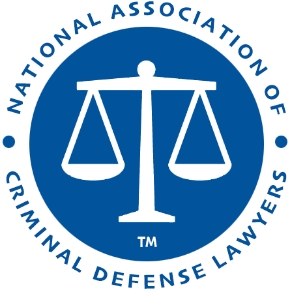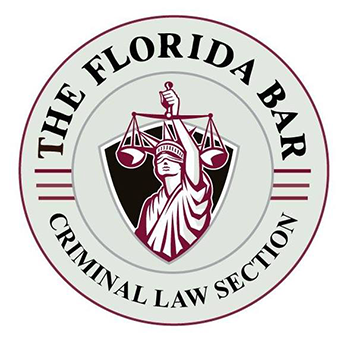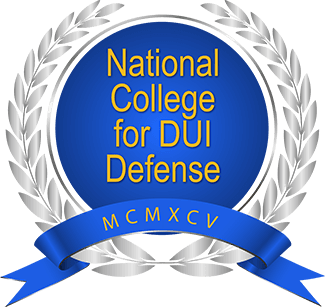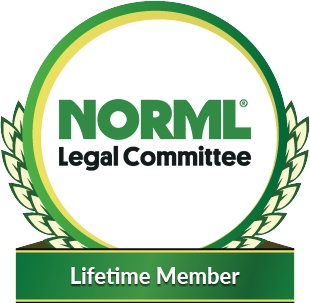Pre-trial Release in Manatee County, FL
Pretrial release is an alternative to jail that allows a person who was arrested and charged with a crime to be released from custody while awaiting the disposition of their criminal charges. Pretrial release is a constitutional right for most people arrested for a crime.
In Florida, pre-trial release is generally granted in one of three ways:
- Release on recognizance – allows defendants to be released from jail without posting bond and the defendant is not subjected to supervision.
- Bond – allows defendants to be released by monetary payment to the court (cash bond) or to a private bondsman (surety bond).
- A cash bond is paid directly to the court/jail for the total amount of the bond, in cash. If the arrestee does not appear after posting a cash bond, the money will
be forfeited. If a not guilty verdict is rendered or the case is dismissed, or at the conclusion of the trial proceedings, bond money will be refunded minus any
fines and court costs. - The surety bond requires the defendant to pay a nonrefundable fee to the bondsman of 10% of the bond amount set by the court. If the defendant does not appear in court, the bondsman is responsible for paying the entire bond amount. Bondsmen are not required to supervise
- A cash bond is paid directly to the court/jail for the total amount of the bond, in cash. If the arrestee does not appear after posting a cash bond, the money will
- Local pretrial release programs – allow defendants to be released under program supervision.
- Programs supervise defendants through various methods such as phone contacts, office visits, and electronic or global positioning system (GPS) monitoring.
Although a defendant can be released to a pretrial release program without posting bond, the judge might order the defendant to post bond in addition to being supervised by the programs.
The Citizens’ Right-to-Know Act, s. 907.043, Florida Statutes, defines a pretrial release program as an entity, public or private, that conducts investigations of pretrial detainees, makes pretrial release recommendations to a court, and electronically monitors and supervises pretrial defendants. Each program must prepare a register, to be updated weekly, displaying descriptive information about the defendants released through the program.
By March 31 of each year, each program must submit an annual report for the previous calendar year to the governing body and to the clerk of the circuit court in the county where the program is located.
The 2018 Legislature passed Ch. 2018-127, Laws of Florida, which added the following elements to the annual report:
- requiring each pretrial release program to report the types of criminal charges of defendants accepted into the program;
- the number of defendants accepted into the program who paid a bail or bond;
- the number of defendants accepted into the program with no prior criminal conviction; and
- the number of defendants for whom a pretrial risk assessment tool was or was not used.
Article I, s. 14, The Constitution of the State of Florida, provides that unless charged with a capital offense or an offense punishable by life imprisonment and the proof of guilt is evident or the presumption is great, every person charged with a crime or violation of a municipal or county ordinance shall be entitled to pretrial release on reasonable conditions.
Further, s. 907.041, F.S., explains that the intent of the Legislature was to create a presumption in favor of release on nonmonetary conditions for any person who is granted pretrial release unless such person is charged with a dangerous crime. Dangerous crimes are described in s. 907.041(4), F.S., and include offenses such as:
- arson
- aggravated assault
- aggravated battery
- child abuse
- abuse of an elderly person or disabled adult
- kidnapping
- homicide
- manslaughter
- sexual battery and other sex offenses
- robbery
- carjacking
- stalking
- domestic violence
How were Florida’s pretrial release programs funded?
The Manatee County program received federal Edward Byrne Memorial Justice Assistance Grants, which allowed the program to partially fund the salaries for two jail screeners.














